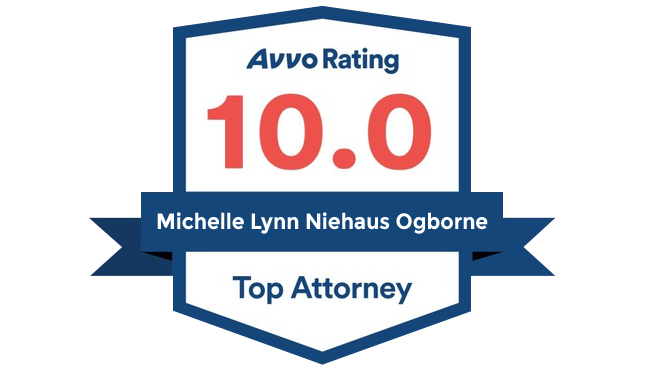Inside a Collaborative Divorce
Considering Collaborative Divorce
Divorce. Even the word itself brings up all kinds of emotions—although most of them are negative. But, as many families are recently learning, the process could be made better if you added the adjective “collaborative” in front of that dirty noun.
Meet the Williams’s
Tony and Katherine Williams have been married for 15 years. They started dating in college and married shortly after graduation. During that time, they’ve become the proud parents of two children: Susan, 12, and Grant, 8.
What started out as a textbook love story changed during the last few years. While both Tony and Katherine are committed to their children, their dedication to each other has waned. When Tony mentioned that he felt some space was needed, Katherine didn’t argue. Their “trial separation” allowed them to see how it would be like not living together, and they had to admit they liked it.
The children weren’t thrilled about the six months Dad wasn’t living in the house with them, but he came over for dinner a couple of times a week, and Saturdays were spent doing something fun with just Dad. So while it wasn’t ideal, they were getting used to the new arrangements.
Divorce, however, was another matter, and no one was really looking forward to that prospect.
Researching Divorce Options
Since Katherine had always been the more analytical one in the marriage, she started to look at options for divorce. There was little animosity between her and Tony, so she wanted to lessen their expenses by hiring just one attorney.
But the more she talked to people and did research, the more she learned that it was important she and Tony each had their own counsel. It wasn’t so much to create a strong offense but to ensure a good defense. While neither thought they’d have any problems through the divorce, they still wanted to protect their interests. And the interest of their children’s emotional well being.
It was a fluke that Tony heard about the collaborative divorce process from a friend while on the golf course. The friend was going through a collaborative divorce himself and liked how everyone in the family was involved and valued. When Tony heard this, he shared the information with Katherine who, after doing a little more research, agreed this would be the best process for their family.
How Collaborative Divorce Differs
What the Williams’s found out about collaborative divorce is that the whole family is involved. Not only do Tony and Katherine work together, but Susan and Grant play a part as well. The collaborative process understands, as do the Williams’s, that although they’re going through a divorce, they won’t cease to be a family. And they liked that.
Also, with a collaborative divorce, there’s a lot of support. A counselor and financial planner are involved, as well as their attorneys. Tony and Katherine felt better knowing that all of their questions can be answered.
Although divorce may be a dirty word, when you add the word collaborative in front, you can transform the process into a way to grow and change together. And that appeals to many families.
Stay tuned to see how the Williams family goes through the collaborative divorce process as our series, Inside a Collaborative Divorce, continues.
Engaging with an attorney to protect your family is never an easy step. Whether you need to protect your family from the unthinkable or restructure your family through collaborative divorce, we’re here to help. When you’re ready to schedule a consultation with Michelle Ogborne, please visit the scheduling page to get started.







